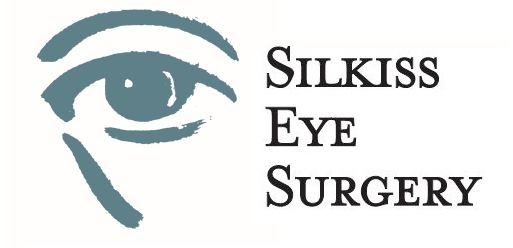COSMETIC SURGERY
Upper Eyelid Blepharoplasty
(Eyelid Lift)
Lower Eyelid Blepharoplasty
(Lower Eyelid Bags)
Asian Eyelid Surgery
(Double Eyelid)
NON-SURGICAL COSMETIC OPTIONS
RECONSTRUCTIVE SURGERY
Ptosis (Drooping Upper Eyelids)
Eyelid Malpositions
(Ectropion & Entropion)
Eyelid Skin Cancer
and Reconstruction
Chalazion, Stye, and Skin Tags
Tearing and Lacrimal System
(Tear Duct)
Thyroid Eye Disease
(Graves' Disease)
Prosthetic Eye &
Eye Socket Surgery
Congenital Ptosis and Pediatric Conditions
Facial Paralysis (Bell's Palsy)
Benign Essential Blepharospasm (Eyelid Spasms)
Trauma (Eyelid Lacerations &
Orbital Fractures)
BOTOX COSMETIC
When we smile, frown, and make other expressions, the muscles of facial expression contract and cause dynamic wrinkles. Over time, these dynamic wrinkles can become permanent wrinkles. Botox has been successfully used by doctors for years to soften and even erase wrinkles, giving a refreshed and youthful appearance. Botox also prevents dynamic wrinkles from becoming permanent wrinkles. Botox is the most popular cosmetic procedure in the country, and is used by millions of people regularly.
Botox treatment is not as simple as injecting it into wrinkled areas of the face. A skilled physician will administer Botox creatively and strategically in order to allow natural facial muscle function, while eliminating unwanted wrinkles.
HOW DOES BOTOX WORK?
Botox and other neuromodulators such as Xeomin and Dysport are powerful drugs that block the connection between nerves and facial muscles. By strategically weakening specific facial muscles, the wrinkles caused by those muscle contractions are softened or erased. With regular use, since the wrinkles are not constantly recreated, they can "heal" and soften over time.
COMMON AREAS TREATED BY BOTOX
Some common areas that are ideal for Botox treatment are:
- Crows feet
- Forehead wrinkles
- Glabellar wrinkles (between the eyebrows)
Physicians that have been expertly trained in Botox use, like Dr. Silkiss and Dr. Eliasieh, can also use Botox to lift the eyelids (Botox Brow Lift), and to treat bunny lines (wrinkles on the sides of the nose).
THE BOTOX PROCEDURE
Botox treatment only takes a few minutes and requires no anesthesia, although an anesthetic cream or ice may be used to reduce mild discomfort. Botox is injected with a fine needle into the troubled areas. It usually takes about three to seven days to see the full effects of Botox. There is no downtime and you can resume all activities and return to work immediately. Aspirin and ant-inflammatory medications (NSAIDS) should be avoided 2 weeks prior to surgery to prevent bruising.
HOW LONG DOES BOTOX LAST?
The effects of Botox will generally last from four to six months. As the muscle activity starts to return, wrinkles will start to reappear, at which time another treatment may be given. Wrinkles often appear less severe with time and additional treatments.
WHAT ARE THE SIDE EFFECTS?
Side effects of Botox are rare, and if they do occur, are mild and temporary. Bruising or redness may occur temporarily at the site of injection. A small percentage of patients may develop mild eyelid drooping or facial asymmetry. If this occurs, it usually resolves after a few weeks. Anyone who is pregnant, breastfeeding, or has a neurological disease may not use Botox.

